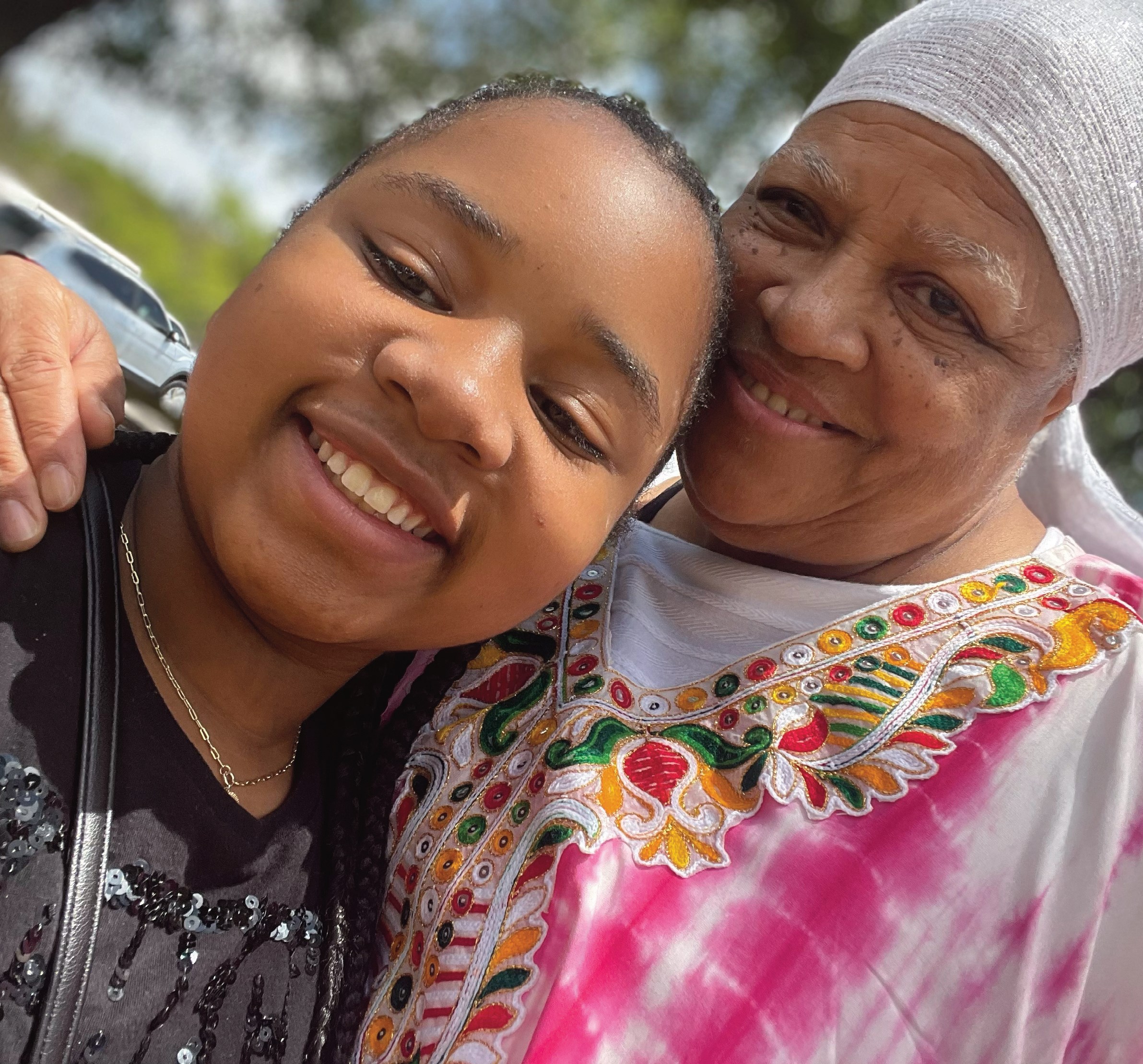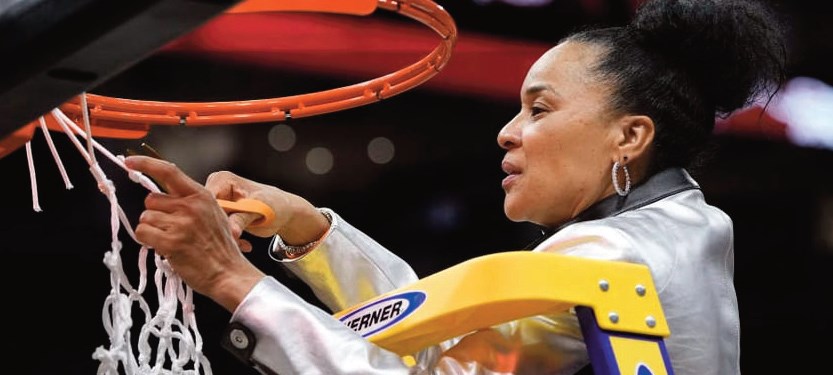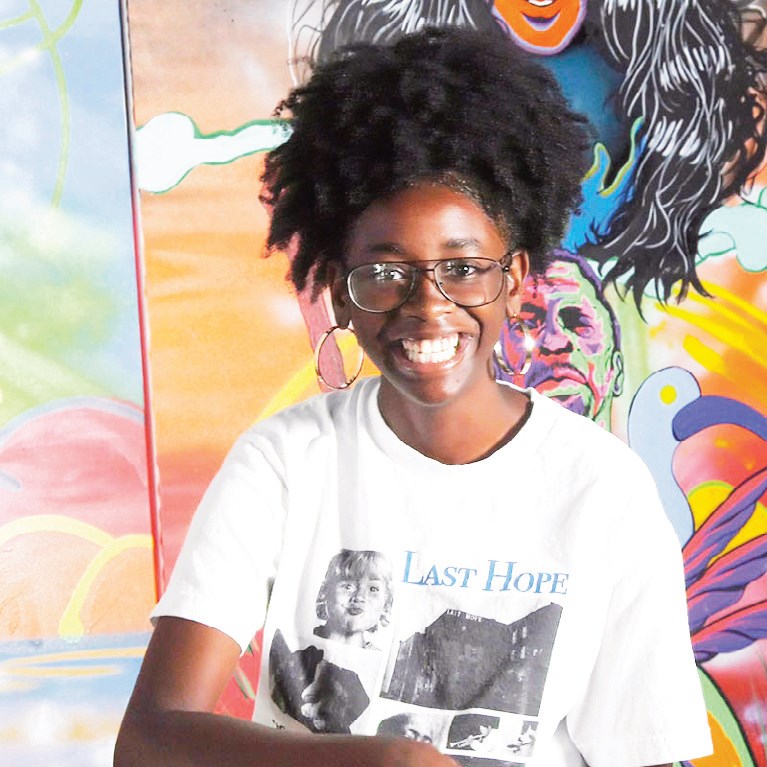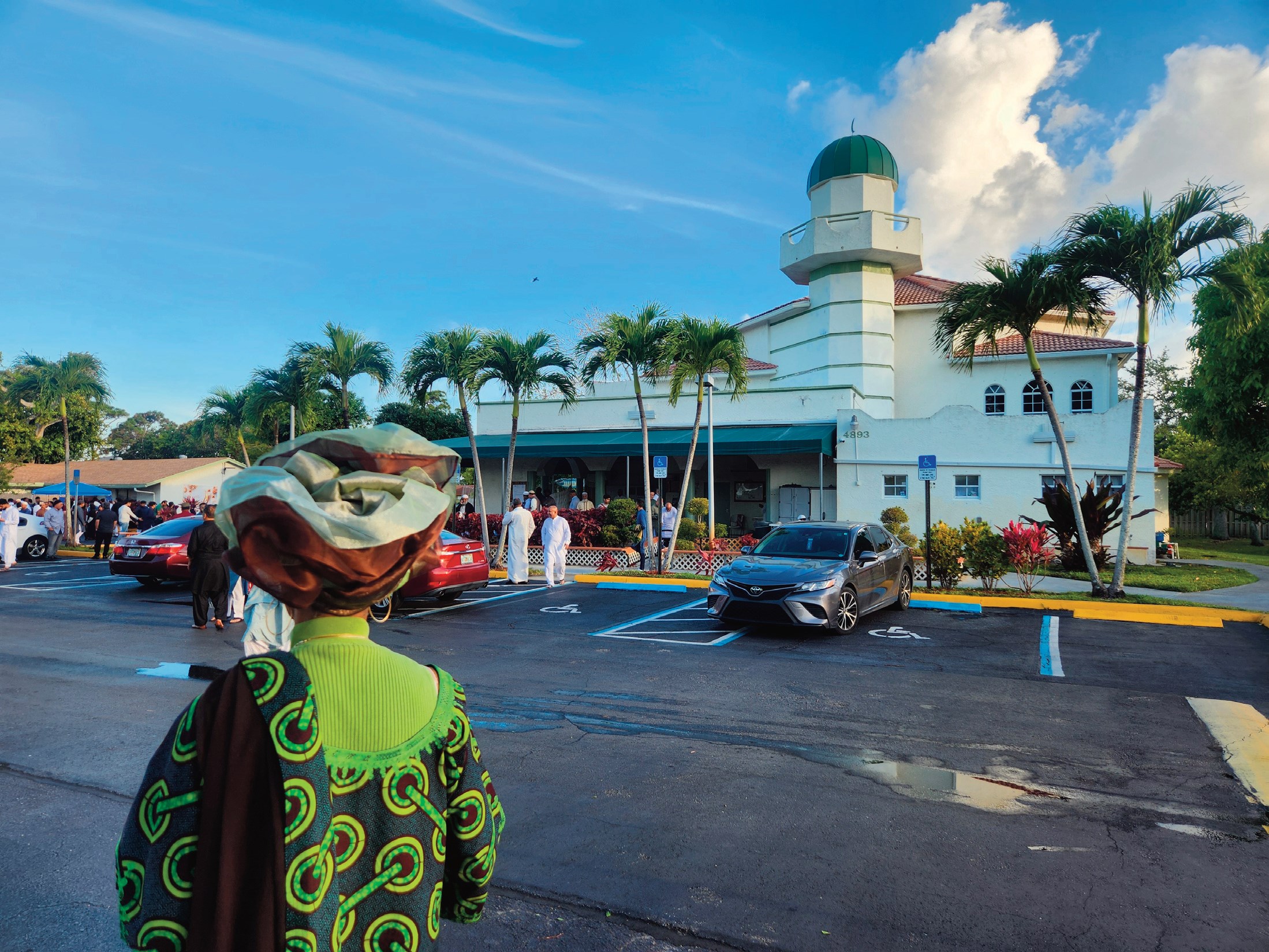 BOYNTON BEACH – Martha Clarke, 60 spends every Christmas with her daughter. That’s how they always did it, either she went up to Virginia to visit or her daughter, Brenda Moore, came down to Boynton Beach with her husband and three kids.
BOYNTON BEACH – Martha Clarke, 60 spends every Christmas with her daughter. That’s how they always did it, either she went up to Virginia to visit or her daughter, Brenda Moore, came down to Boynton Beach with her husband and three kids.
It was a family tradition, and those aren’t usually broken. Sometimes, though, they are interrupted by life’s complications, like illness.
It was in December 2005 that one of those interruptions fell on this family’s doorstep a little after the holiday season. Moore had planned a doctor’s appointment for a couple of days after Christmas.
“ ‘Maybe I should just cancel,’ she told me, but I told her to go right ahead and keep her appointment,” said Clark, of Boynton Beach.
That was the best advice she could have given her daughter. When Moore found out her doctors had identified a lump, and had her first diagnosis of breast cancer, she was 39 years old.
Today, more than two years later, and after a lumpectomy to remove the cancer, four months of chemotherapy and 40 days of radiation, Martha Clarke and her daughter are still celebrating holidays and sharing days together.
Their story is one of many featured in a national breast cancer awareness calendar to show what they’ve overcome.
Called a “Calendar to Live By,” the calendar was an idea proposed by Moore’s breast cancer support group in Virginia, which is named “Beyond Boobs.” Its focus is on younger women who are dealing with breast cancer, and women like Moore, who have survived it.
Mary Beth Gibson, one of the two founders of Beyond Boobs, originally met Moore at a breast cancer post-treatment retreat.
Gibson and Moore were two of only three women at the retreat under the age of 40. The third woman was the other founder of Beyond Boobs, René Bowditch.
“We talked about how different it is in many ways,’’ Gibson said. “Dealing with breast cancer while having young kids in the house.”
The base age for a mammogram is normally 35, she said. But unfortunately, most women don’t usually get examined until far into their 40s, increasing the risk of not finding the cancer early enough.
The American Cancer Society’s yearly statistics also say that though breast cancer tends to be more common in white women, young African-American women are more likely to die from it. In some cases, it can be deadlier for black women if it is not found in time.
Martha Clarke looks at the calendar fondly, flipping to the page where she and her daughter are shown in a warm embrace, for the month of June 2008.
“It was one of the hardest times of my life as a parent,” Clarke said. “I remember the day she called me and finding out what it was, I was so frustrated I just slammed my fist down on a glass table because there was truly nothing I could do to fix it.”
To take control of the situation, they did research and, as a family, educated themselves.
“I guess it’s what you do sometimes to avoid panic, you arm yourself with knowledge,” Clarke said, her hands resting on her lap.
She paused for a moment before continuing.
“I was the first person she called,” Clarke said. “And the only thing I kept thinking at the time was, ‘Why couldn’t it have been me?’ She’d been married for 18 years, straight out of college. I had lived a full life already—why couldn’t it have been me?”
Clarke flew out every month from February to May 2006 to take care of her daughter while she was in chemotherapy.
Sometimes, she just kept her daughter’s company, or sat in the living room and took care of her grandchildren. On the weekends, they shopped and talked when Moore had more strength. When she didn’t, they made scrapbooks.
Clarke even bought her daughter her nicest wig when the chemotherapy began taking a toll on her hair.
When the calendar photographer asked Moore about the one thing that got her through all this, her answer was simple.
“My mother,’’ she said. “She was my rock. She was there for me through every moment, including when I would get angry. She talked me through it, telling me to be strong even if I never found out why this happened.”
Clarke said she was surprised at her daughter’s answer because she didn’t think she did anything out of the ordinary.
“Number one, it was important for her to get back to good health,” Clarke said. “And number two, to limit the disruption to the household to as small as possible.”
This included taking the role of a counselor, friend and support system even today.
The disease hasn’t come back, and Clarke doesn’t even think about that possibility. And seeing her daughter this past Christmas, back to her normal self, allowed her to have the faith to hope it won’t be back.
“The experience has, I think, helped us both begin to appreciate life and let go of dwelling on the little things,” she said.
Both Moore and Clarke also plan to keep the next generation, their daughters and granddaughters, aware of the risk, and to educate them early on breast health.
The calendar features information on preventing breast cancer, diagnosis and treatment.
Ten percent of sales will go to benefit the Tidewater affiliate of Susan G. Komen for the Cure, a network of breast cancer survivors that raises money to fight the illness. The rest goes to help the group continue educating people on breast health.
The calendars can be purchased at “A Calendar to Live By’’ at www.beyondboobsinc.org.
Cristela.Guerra@Gmail.com
Photo by Khary Bruyning. Martha Clarke holds a calendar picturing herself and her daughter, Brenda Moore.












No Comment